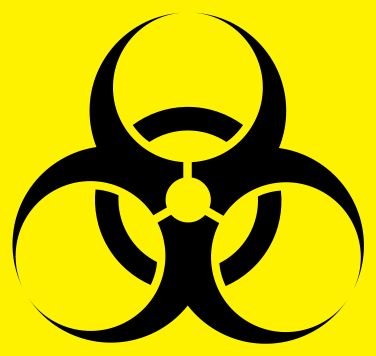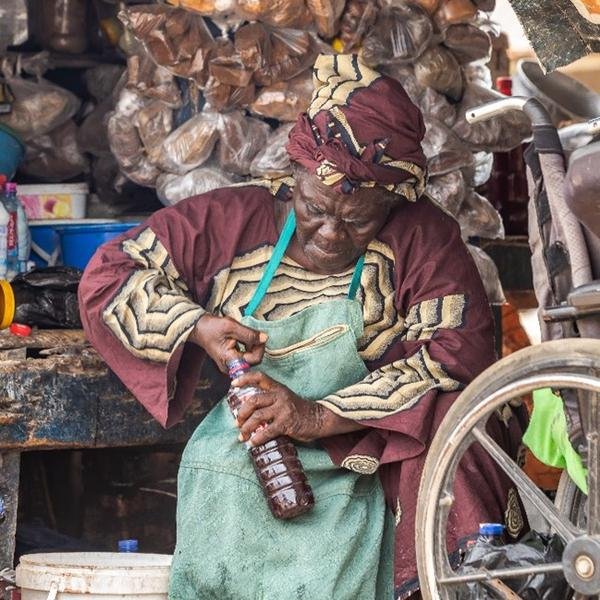Biohazard
A biohazard is a biological hazard that is of organic origin or conveyed by biological vectors, including pathogenic microorganisms, toxins, and bioactive substances. Examples of biohazards are bacteria, viruses, or parasites, as well as venomous wildlife and insects, poisonous plants and mosquitoes carrying disease-causing agents (UNDRR, 2017).
Biohazards can have various impacts on human health, such as infections, diseases, allergies, and poisoning. Biohazards are one of the types of hazards that can lead to disasters (UNDRR, 2017).

Examples of Traditional and Indigenous knowledge
- In Africa, traditional healers use medicinal plants, animal parts, and minerals to treat various diseases and infections caused by biohazards. In Latin America, traditional communities use natural repellents, such as citronella, eucalyptus, and garlic, to prevent mosquito bites and the transmission of diseases such as malaria, dengue, and Zika. (Lemos Freitas, 2019).

- Traditional communities in Asia practice ecological sanitation, which involves the safe collection, treatment, and reuse of human and animal excreta as fertilizer. This reduces the risk of waterborne diseases and improves soil fertility and food security (Salim, Anuar, Omar, Mohamad, & Sanusi, 2023).
References
Lemos Freitas, R. F. (2019). Managing Environmental Policies: Lessons From Traditional Communities. Retrieved from Springer: https://link.springer.com/article/10.1007/s42822-019-00022-x
Salim, J. M., Anuar, S. N., Omar, K., Mohamad, T. R., & Sanusi, N. A. (2023). The Impacts of Traditional Ecological Knowledge towards Indigenous Peoples: A Systematic Literature Review. Retrieved from MDPI: https://www.mdpi.com/2071-1050/15/1/824
UNDRR. (2017). Disaster Risk Reduction Terminology. Retrieved from The Disaster Risk Reduction (DRR) Glossary: https://www.undrr.org/drr-glossary/terminology
